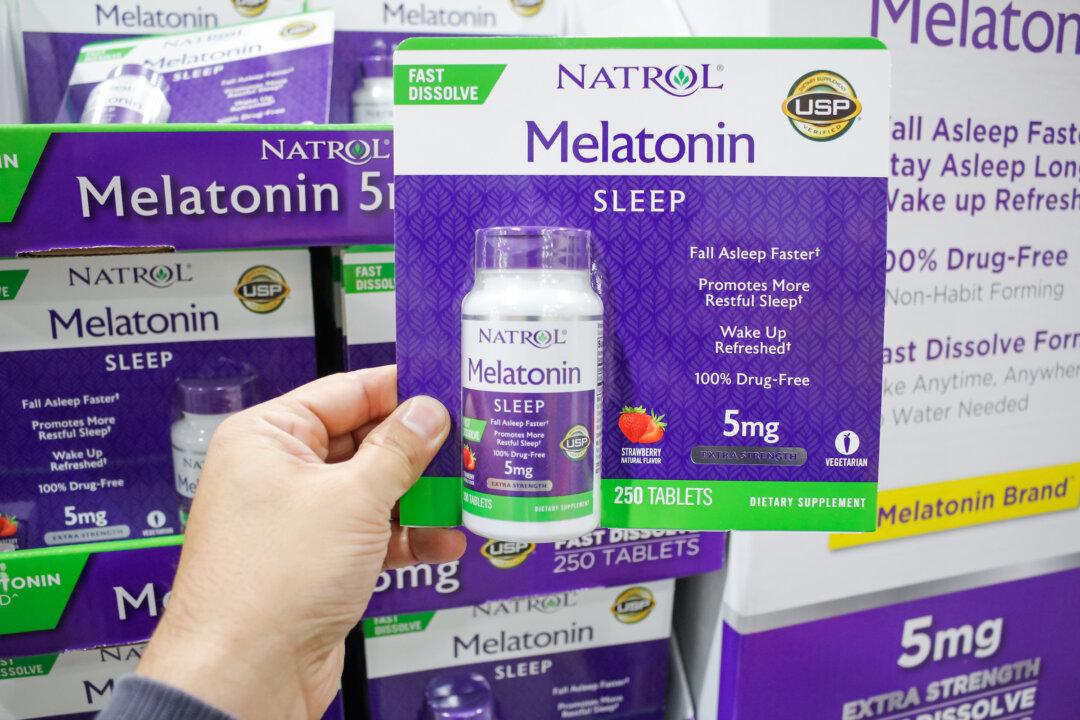The number of reports of melatonin poisonings in children has risen dramatically over the past decade, according to a Centers for Disease Control and Prevention (CDC) report released on Friday.
The report, led by Dr. Karima Lelak, a pediatrician at the Children’s Hospital of Michigan, assessed isolated melatonin ingestions among children, adolescents, and young adults aged 19 and under between Jan. 1, 2012–Dec. 31, 2021.





